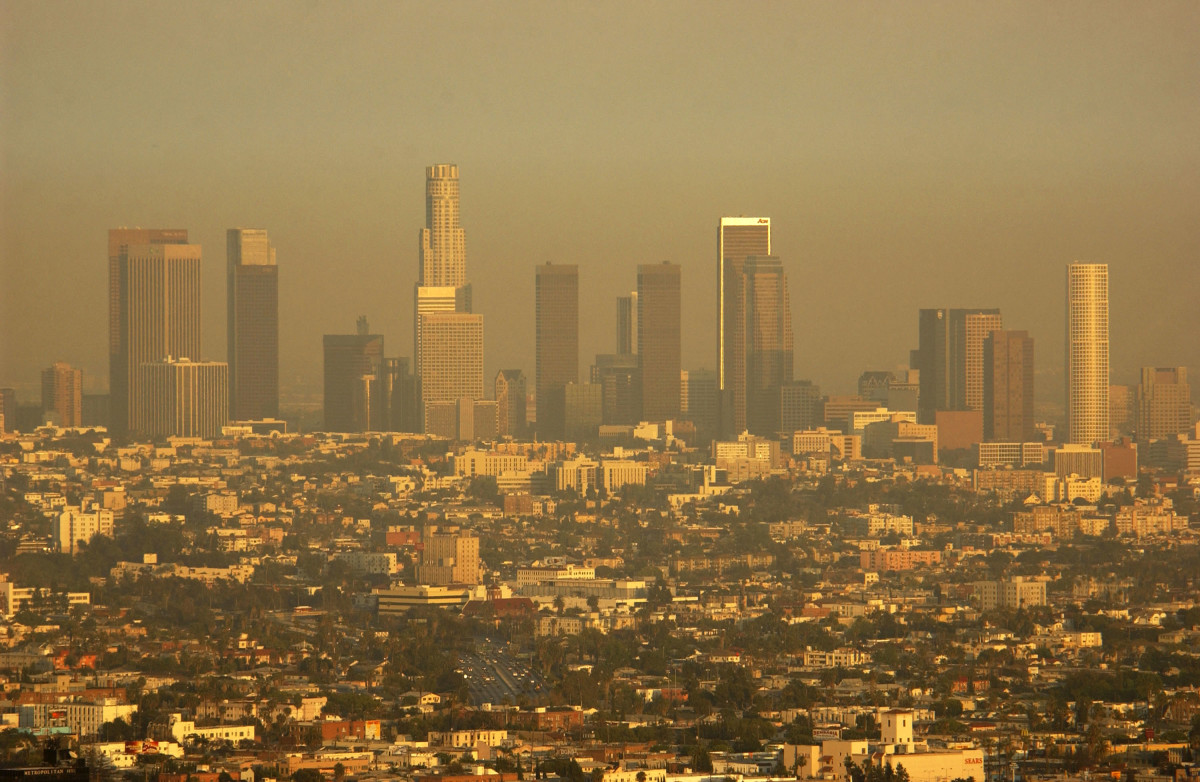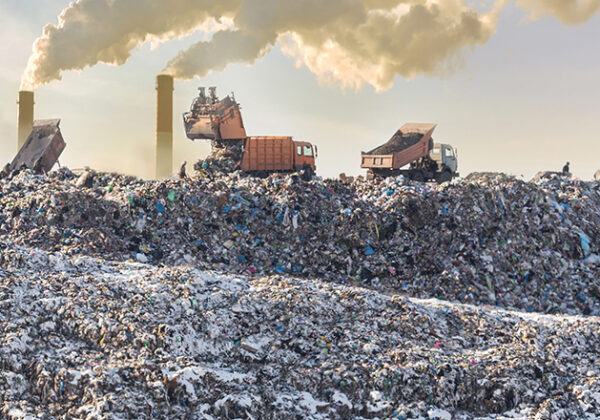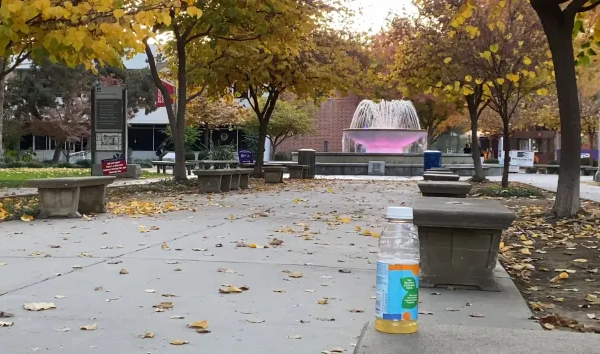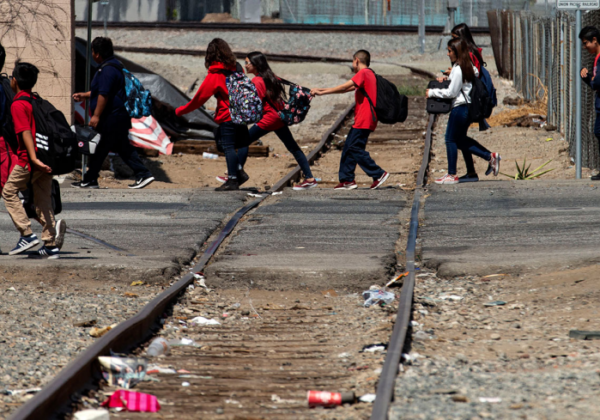Pollution is the amount of pollution in the air, water, and land of California. Pollution is the release into the environment of any substance or energy at a faster rate than it can be spread, diluted, broken down, recycled, or stored in a safe way. The unhealthy levels of air pollution in California are caused by the actions of more than 39 million people, the mountainous terrain that traps pollution, and the warm climate that helps make ozone and other pollutants.
Between 2013 and 2015, eight of the ten cities in the US with the highest year-round particulate matter concentrations and seven of the ten cities with the worst ozone pollution were in California. Studies show that California’s air pollution is linked to a wide range of health problems, such as asthma, lung cancer, birth complications, and dying too soon. Bakersfield, California, had the most pollution in the air of any US city.
According to the Federal Clean Water Act, dredged spoil, solid waste, incinerator residue, sewage, garbage, sewage sludge, munitions, chemical wastes, biological materials, heat, broken or discarded equipment, rock, sand, cellar dirt, and industrial, municipal, and agricultural waste that is dumped into water are all types of pollution. A 2011 EPA study found that California’s 3 million acres of lakes, bays, wetlands, and estuaries did not meet water quality standards on 1.6 million acres. California’s rules about water quality are set by the Porter-Cologne Water Quality Control Act.
History

When smog first showed up in 1943, it made people sick, irritated their eyes, and burned their lungs. To protect themselves from the thick air, people walked the streets of the city wearing masks. A group of politicians and leaders in California passed the Mulford-Carrell Air Resources Act, which created the California Air Resources Board. They did this so that all of the state’s efforts to deal with severe air pollution could be coordinated (CARB). The Federal Air Quality Act was passed.
This gave California the power to make stricter rules about air quality because of its unique geography, weather, and growing population. Even though there has been a lot of progress, people’s health and the environment are still being hurt by air pollution in the United States, especially in California. Under the Clean Air Act of 1970, the EPA works with federal, state, and local governments to reduce air pollution and limit the damage it does. In 1977 and 1990, the Act was changed to set emission standards that required the most dangerous air pollutants to be cut down as much as possible.
The California Air Resources Board (CARB) continues to work with local governments, businesses, and the general public to solve the state’s air quality problems. In the last ten years, California has become a world leader in climate change. It has signed agreements with a number of countries and linked cap-and-trade programmes with Quebec. Many programmes have been set up to reduce greenhouse gas emissions.
One of these is a Zero Emission Vehicle mandate, which is meant to clean up the transportation sector and add about 1.5 million hydrogen fuel cell vehicles to the roads by 2025. Through the cap-and-trade programme in California, billions of dollars have been spent to cut down on greenhouse gas emissions. Even though California is doing a lot to cut pollution, it is still behind the rest of the country. The growing number of people, the large number of cars, and the warm weather all help keep the environment clean.
Health Risks And How To Avoid Them
On days when there is a lot of pollution in the air, staying inside can help reduce the amount of pollution you are exposed to. Scales are used to figure out if the air quality is moderate, unhealthy, or dangerous. Air pollution can be stopped by making it harder for outdoor air to get into homes, cleaning the air inside with air filters, and doing less physical work outside and near sources of air pollution.
Particularly, people with long-term heart or lung diseases, children, and the elderly should stay away from air pollutants. For example, antioxidants are a type of drug or chemo preventive intervention. Many of the health problems caused by bad air quality can lead to cancer, so people who are most at risk can improve their health by staying away from pollution and taking antioxidants.



